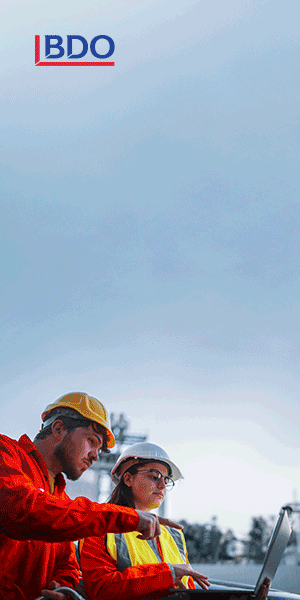Budget has $22.7 billion for a Future Made in Australia over 10 years

By Peter Roberts
If a plethora of ambitious programmes and many, many billions of dollars are all that it takes to reverse manufacturing’s long term slide, then Jim Chalmers budget 2024 delivered tonight has made a welcome start on setting the $124 billion sector up for a new period of expansion.
While headlines were the achievement of a second surplus this time of $9.3 billion, Stage 3 tax cuts for all taxpayers and cost of living relief, the centrepiece for manufacturers was the Future Made in Australia policy.
Previously the government has announced $466.4 million of federal money is going to the $1 billion backing PsiQuantum to build a quantum computer in Queensland, $60 million for an Australian Defence Technologies Academy in Adelaide. and a $1 billion Solar SunShot scheme to grow a local supply chain for solar PV manufacturing.
This has seen startup SunDrive and AGL to throw its hat in to the ring, studying a major solar PV plant in the NSW Hunter Valley.
The Future Made in Australia also builds on co-investment dollars to be available through the $15 billion National Reconstruction Fund.
Chalmers revealed the total cost envisaged for Future Made in Australia initiatives was $22.7 billion over the next 10 years, saying that it would help make Australia ‘an indispensable part of the global economy’.
Not announced previously is $2 billion to develop a clean hydrogen industry in Australia through the hydrogen headstart programme.
Also in the Future Made in Australia package are:
- More than $500 million to establish the Battery Breakthrough Initiative to grow Australia’s battery manufacturing capabilities, adding more value to natural resources, diversify the battery supply chains and support the transition to net zero
- Developing a pathway to support green metals manufacturing, through ‘consultation to position Australia as a world-leader in green steel, aluminium, alumina and processed iron
- And a $1.7 billion Future Made in Australia Innovation Fund, which will unlock private capital across new industries including green metals and batteries.
The Australian Renewable Energy Agency has a further $3.2 billion ‘to support the commercialisation of technologies…critical to net zero’, as well as $1.3 billion for Hydrogen Headstart to support early-movers investing in green hydrogen.
The government also announced a package of measures to develop critical minerals production and further processing.
Measures include a $5.8 million trade enhancement initiative and $1 million for a pilot programmme protecting the sector from foreign interference as well as:
- A ten per cent production tax credit totalling $7 billion over the decade for all 31 critical minerals to drive critical minerals processing in Australia
- And $10.2 million for pre-feasibility studies to develop critical mineral common-user processing facilities to enhance Australia’s capacity to process critical minerals, sovereign capability and economic resilience.
The Safeguard Mechanism governing industrial emissions has also been revamped, with $450 million earmarked for large industrial emitters to help them cut their emissions.
From July, large emitters are required to cut or offset emissions by almost five per cent per year for the rest of the decade. Also in the transition to renewables:
- $83 million will be spent over four years creating a new ‘Net Zero Authority’, aimed at helping workers transition out of heavy-emitting industries
- And a tax discount ‘energy incentive of up to $20,000 will be available for small businesses with a turnover of less than $50 million for electrification or more efficient energy use. Businesses will be able to claim 20 per cent of spending on activities including electrified heating and cooling, more efficient white goods, induction cooktops and installing batteries and heat pumps.
Defence spending gets an extra $11 billion over the next four years to acquire long-range missiles, upgrade bases and expand the workforce.
Another $4.5 billion will be spent over the next decade establishing a nuclear-powered submarine capacity.
But manufacturing is not yet on a firm footing in Australia.
Processing of our minerals onshore which should be a strength is in decline, we remain reliant on imports such as transport equipment which accounts for half of our balance of trade deficit in manufactures, and few locally owned companies are of a scale that is globally relevant.
Yes there are promising areas in critical minerals such as rare earths, in defence industry and in energy related industries, but it is too early to discern any turnaround in manufacturing’s fortunes.
Now a mere five percent of GDP, a big mountain lies ahead still to climb.
Further reading:
PsiQuantum to build $1bn fault tolerant quantum computer
New Defence Technologies Academy for Lot Fourteen
SunDrive, AGL Energy to examine solar panel manufacture in the Hunter
Co-investment plan released for first of seven National Reconstruction Fund priority areas
Picture: Jim Chalmers
@aumanufacturing Sections
Analysis and Commentary Awards Defence Manufacturing News Podcast Technology Videos









